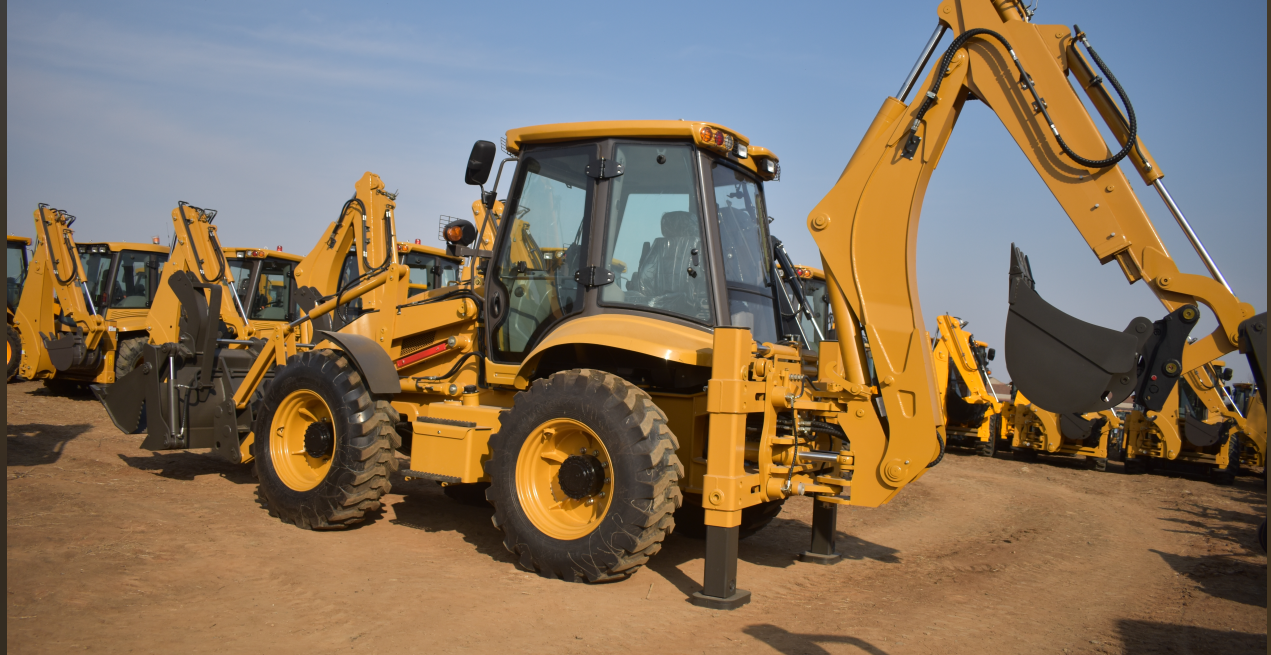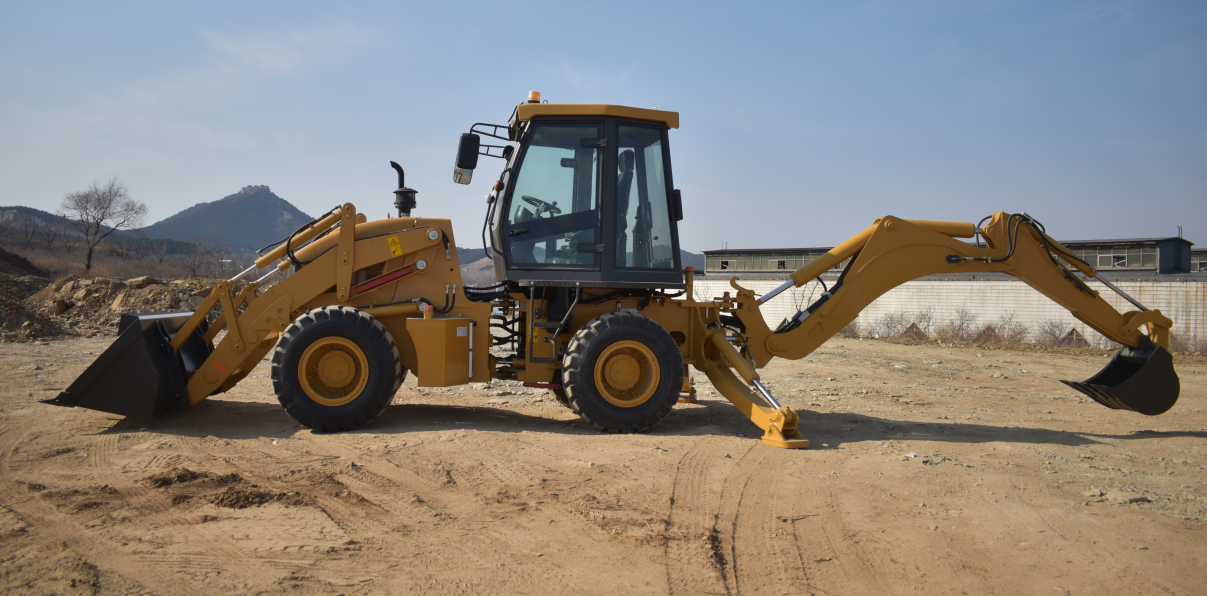Introduction
The weight of a backhoe is a critical factor that influences its performance, maneuverability, and the types of tasks it can handle. Understanding the factors that affect backhoe weight is essential for operators, owners, and transportation professionals.

Factors Affecting Backhoe Weight
Several factors contribute to the weight of a backhoe:
Machine Size and Model:
1. Compact Backhoes: These smaller machines are designed for residential and light commercial applications. They typically weigh between 5,000 and 10,000 pounds.
2. Mid-Size Backhoes: These versatile machines are suitable for a wide range of tasks, including construction and landscaping. They generally weigh between 10,000 and 20,000 pounds.
3. Large Backhoes: These heavy-duty machines are designed for demanding applications, such as mining and large-scale construction projects. They can weigh upwards of 20,000 pounds.
Engine Size and Power:
1. Larger engines with higher horsepower ratings tend to weigh more.
2. The weight of the engine and its components, such as the turbocharger and aftertreatment system, can significantly impact the overall weight of the machine.
Boom and Dipper Stick Length and Configuration:
1. Longer booms and dipper sticks provide greater reach and digging depth but also add to the machine's weight.
2. The configuration of the boom and dipper stick, such as the number of sections and the type of hydraulic cylinders, can also affect weight.
Bucket Size and Weight:
1. The size and weight of the bucket can vary depending on the specific model and application.
2. Larger buckets can increase the overall weight of the machine.

Counterweight:
1. A counterweight is added to the rear of the machine to improve stability, especially when lifting heavy loads.
2. The weight of the counterweight can vary depending on the machine's size and configuration.
Additional Equipment and Attachments:
1. Optional equipment, such as rippers, augers, and hydraulic breakers, can add to the machine's overall weight.
Weighing a Backhoe: Methods and Considerations
Accurate weight measurement is essential for various reasons:
· Transportation: Determining the weight of a backhoe is crucial for planning transportation and ensuring compliance with load limits.
· Site Access: Knowing the weight of a machine can help assess the suitability of specific job sites and determine the need for special permits or reinforcements.
· Maintenance and Repair: Accurate weight information is necessary for proper maintenance and repair procedures.
Several methods can be used to weigh a backhoe:
Scale Weighing
o The most accurate method involves using a large-capacity scale designed for heavy equipment.
o The machine is driven onto the scale platform, and the weight is displayed digitally.
Load Cell Weighing:
o Load cells are installed under the tracks of the machine to measure the weight distribution.
o The data from the load cells is processed to determine the total weight of the machine.

Estimating Weight:
o While not as accurate as scale or load cell weighing, estimating the weight can be useful in certain situations.
o Factors such as the machine's model, engine size, and bucket capacity can be used to estimate the approximate weight.
Factors Affecting Backhoe Weight Distribution
The weight distribution of a backhoe can impact its stability, traction, and overall performance. Several factors influence weight distribution:
· Counterweight: The position and weight of the counterweight significantly affect weight distribution.
· Boom and Dipper Stick Position: The position of the boom and dipper stick can impact the machine's balance.
· Terrain Conditions: The type of terrain can affect weight distribution, especially when operating on slopes or uneven surfaces.
Conclusion
The weight of a backhoe is a complex factor influenced by various factors, including machine size, engine power, attachment configuration, and additional equipment. Accurate weight measurement is essential for safe and efficient operation, transportation, and maintenance. By understanding the factors that affect backhoe weight and employing appropriate weighing methods, operators and owners can optimize the performance and longevity of these powerful machines.
Additional Considerations
· Operating Weight: This refers to the weight of the machine with all fluids, a full fuel tank, and the operator.
· Gross Vehicle Weight Rating (GVWR): This is the maximum allowable weight of the machine, including its operating weight and the maximum load it can carry.
· Track Pressure: The ground pressure exerted by the tracks can impact the machine's stability and maneuverability.
· Maintenance and Wear: Over time, the weight of a backhoe may increase due to the accumulation of dirt, debris, and wear and tear on components.
By considering these additional factors, operators and owners can make informed decisions about the selection, operation, and maintenance of backhoes.
Post time:Nov.05.2024
